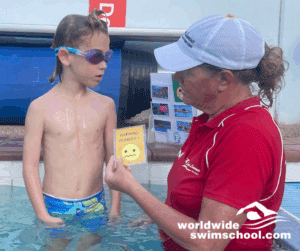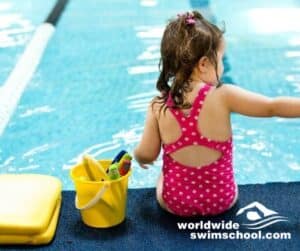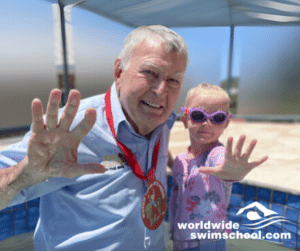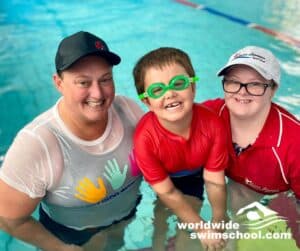Ensuring children’s health and safety is the responsibility of parents and teachers when teaching children to swim. For example, exposing children to bathtubs, swimming pools, spas, creeks, rivers, dams, fish ponds or any open water poses many dangers. In addition, drowning is the greatest cause of accidental death in children under the age of five in Australia. This trend is similar worldwide, therefore, drowning prevention is about creating many barriers to protect the child.
Hyponatremia
Repeated submersions in which a young child ingests large amounts of water is extremely dangerous. In fact, it can lead to a condition known as Hyponatremia or water intoxication. Overall, Hyponatremia occurs when a baby swallows a large amount of water in a short period of time. Asa result, it can cause lethargy, vomiting, unconsciousness and convulsions. Symptoms of Hyponatremia may include a distended stomach, irritability, increased urine output, vomiting. Although hyponatremia is rare, parents need to be aware of the potential risks. Therefore, if your baby shows symptoms seek medical advice immediately.
Breath Control
Babies are born with an airway protective reflex where the larynx closes to block the entrance to the airway. This reflex disappears a few months after birth. Some people believe that because of this reflex a baby can be submerged without warning. World Wide Swim School believes this practice to be dangerous and irresponsible.
World Wide Swim School’s teaching methods are much more cautious. We prefer to condition baby to hold their breath on command before submersion occurs. If this is adhered to and done correctly it will ensure that your baby’s first underwater experience is free from fuss and trauma. Remember we want to instill in baby a love and respect for the water, not fear.
We believe it is irresponsible to force a baby underwater without first conditioning them to hold their breath on command. Any program that forcibly submerges, intimidates or frightens babies or children during the learn to swim process is totally inappropriate and unacceptable.
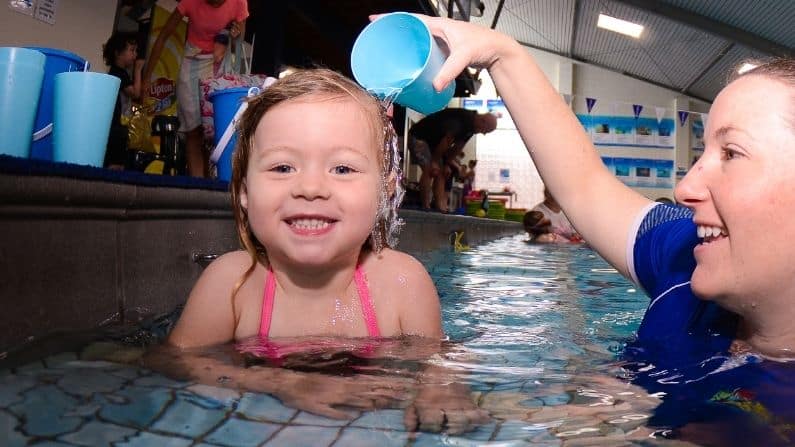
Safety Warnings
- Never leave children unattended in or around water
- Always keep children within arm’s reach
- Do not rely on floatation devices to supervise children for you
- Do not leave older children in charge of supervision
- When teaching be alert, watch to see that baby’s mouth stays clear of the water to avoid ingesting water
Remember, Kids Alive do the Five - fence the pool, shut the gate, teach your kids to swim, supervise and learn how to resuscitate
Environmental Concerns
Keep young children shaded and covered from the elements. Young children have very sensitive skin. Sunburn and skin damage can occur very easily. World Wide Swim School encourages parents and teachers to take all precautions to protect children’s skin. Where possible teach children in pools that are enclosed or shaded. Use sunscreen, hats and sun suits for additional protection.
Make sure the pool and surrounding areas are clean. To ensure children’s health and wellbeing, it is important that swimming lessons are conducted in clean and clear water. Importantly PH levels should be neutral. If you have concerns or an enquiry about the water quality at your chosen facility, please contact the pool manager.
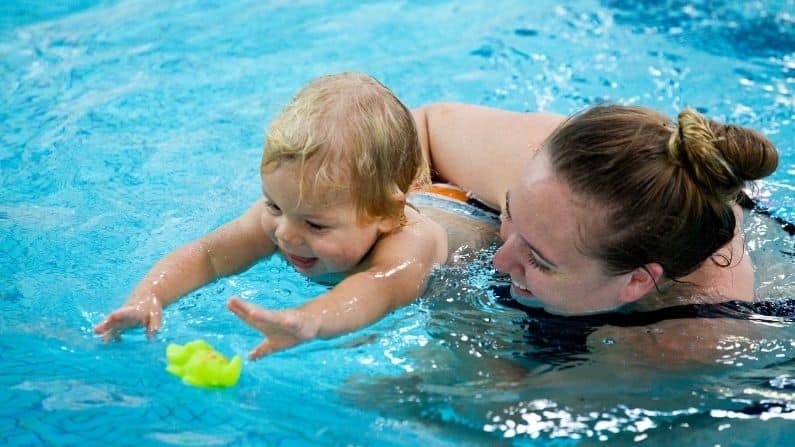
Teaching Baby in Warm Water
Having warm water is extremely important when teaching babies to swim as this allows them to be comfortable. Cold water is the most common reason babies cry while swimming. The ideal temperature for teaching babies is 32 degrees Celsius.
If a warm pool is not available, you must look to:
- Pick warm parts of the day to swim
- Keep baby in the pool for shorter periods of time
- Keep baby active and moving
- Look for signs baby is getting cold
- Be alert for chill factor if the pool is outdoors or there is a breeze
- Even if the water temperature is warm, an outside breeze can cause baby discomfort
- Dress baby appropriately
- Hold baby low in the water and make skin to skin contact
Join our community and keep up to date with new articles, special offers - it is free to join!
Looking for more information on learning how to swim - don't go past the Swim Library.


